The Role of Art in Promoting Biodiversity Conservation
In a world where environmental challenges seem to multiply by the day, the role of art in promoting biodiversity conservation has never been more crucial. Art is not just a form of expression; it is a powerful tool that can ignite passion and inspire action. Imagine walking through a vibrant city and coming across a stunning mural depicting endangered species, or attending an art festival that celebrates the beauty of nature. These experiences do more than just beautify our surroundings; they spark conversations about the urgent need to protect our planet's biodiversity.
When we think about biodiversity, we often picture the vast array of plants and animals that inhabit our Earth. However, biodiversity is not only about the species themselves; it encompasses the intricate web of relationships between them and their environments. By using art to highlight these connections, we can engage communities in meaningful ways, encouraging them to take part in conservation efforts. Art has the unique ability to transcend language barriers and cultural differences, making it an ideal medium for raising awareness about biodiversity issues that affect us all.
Through various artistic approaches, we can explore the beauty and fragility of our ecosystems. Art can serve as a visual narrative, telling stories that resonate with individuals and communities alike. Whether it's through paintings, sculptures, or interactive installations, art can evoke emotions and provoke thought, prompting us to reflect on our relationship with nature. As we delve deeper into this topic, we will uncover how art not only raises awareness but also fosters community engagement, enhances education, and serves as a bridge between science and creativity.
Art has the unique ability to capture attention and evoke emotions, making it an effective means of raising awareness about biodiversity issues and the importance of conservation efforts. Think about the last time you saw a thought-provoking piece of art. Did it make you stop and think? Did it challenge your perspective? This is the magic of art—it has the power to make complex issues relatable and urgent. When artists use their talents to highlight the plight of endangered species or the destruction of natural habitats, they create a visceral connection that can motivate individuals to take action.
Art fosters community engagement by bringing people together to collaborate on projects that highlight local biodiversity, encouraging collective action and a deeper connection to the environment. Community art projects, such as collaborative murals or environmental installations, can transform public spaces into vibrant reminders of our responsibility to the Earth. When individuals come together to create something beautiful, they not only enhance their surroundings but also cultivate a sense of ownership and pride in their local ecosystems.
Public art, such as murals and installations, can transform urban spaces into platforms for environmental messages, attracting passersby and sparking conversations about biodiversity conservation. These large-scale artworks serve as beacons of awareness, drawing attention to critical issues in a visually captivating way. Imagine a bustling street adorned with a mural that depicts the rich biodiversity of a nearby forest, complete with local flora and fauna. Such a piece not only beautifies the space but also educates the public about the importance of preserving these natural treasures.
Examining specific case studies of murals that focus on biodiversity can provide insights into their impact on community awareness and conservation initiatives. For instance, a mural depicting the endangered California condor in a local park not only raises awareness about the species but also encourages visitors to learn more about conservation efforts in the area. These artistic endeavors can serve as catalysts for change, inspiring local residents to participate in conservation activities or support environmental organizations.
Interactive art projects encourage participation, allowing individuals to engage with biodiversity themes in hands-on ways that foster understanding and appreciation for nature. Imagine a community garden where visitors can paint pots with designs inspired by local wildlife. This not only beautifies the space but also educates participants about the importance of native plants and their role in supporting local ecosystems.
Art festivals dedicated to environmental themes can serve as vibrant platforms for artists to showcase their work, educate the public, and promote biodiversity conservation efforts. These events often feature workshops, live demonstrations, and interactive exhibits that engage attendees of all ages. By celebrating the intersection of art and nature, these festivals can inspire a new generation of environmental stewards who understand the value of biodiversity and are motivated to protect it.
Integrating art into educational programs can enhance learning experiences, helping students understand the significance of biodiversity and the role they can play in its preservation. When students engage with art, they are more likely to remember and internalize important concepts related to conservation. This creative approach to education can make complex scientific ideas more accessible and relatable, fostering a deeper appreciation for the natural world.
Workshops and art classes focused on nature themes can inspire creativity while educating participants about local ecosystems and conservation practices. These hands-on experiences allow individuals to explore their artistic talents while learning about the importance of protecting biodiversity. For example, a workshop on creating sculptures from recycled materials can teach participants about waste reduction and the impact of pollution on wildlife.
Art can also be utilized as a research tool, allowing scientists and artists to collaborate in visually representing data on biodiversity, making complex information more accessible and engaging. By combining scientific research with artistic expression, we can create compelling visual narratives that communicate the urgency of conservation efforts. This interdisciplinary approach not only enriches our understanding of biodiversity but also inspires action among diverse audiences.
- How does art raise awareness about biodiversity? Art captures attention and evokes emotions, making complex issues relatable and urgent.
- Can art really make a difference in conservation efforts? Yes! Art engages communities, fosters collaboration, and inspires individuals to take action.
- What types of art projects promote biodiversity? Murals, interactive installations, workshops, and art festivals are all effective in raising awareness.
- How can I get involved in art and conservation? Look for local workshops, festivals, or community art projects that focus on environmental themes.
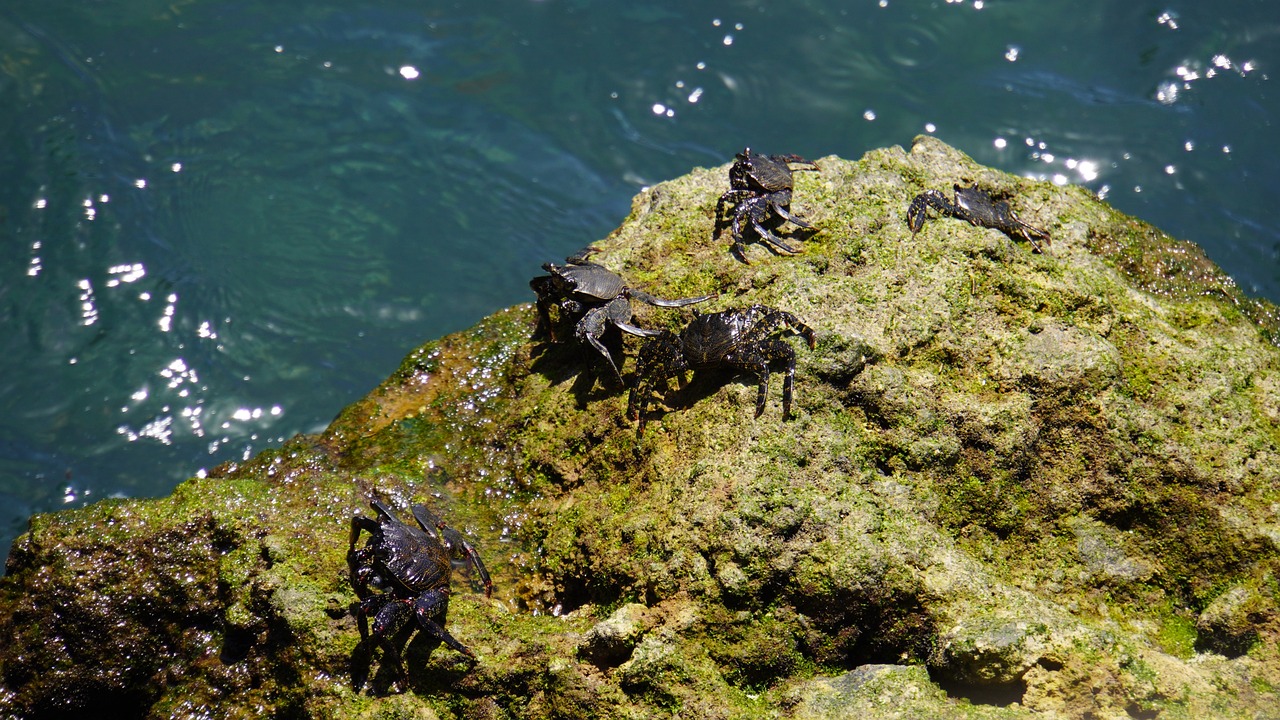
Art as a Catalyst for Awareness
Art has the unique ability to capture attention and evoke emotions, making it an effective means of raising awareness about biodiversity issues and the importance of conservation efforts. Think about the last time you were struck by a stunning painting or a thought-provoking sculpture. That moment of awe is what art does best—it connects us to our feelings and surroundings in ways that mere facts and figures often cannot. When artists channel their creativity into themes of biodiversity, they not only create beautiful pieces but also serve as powerful advocates for our planet.
Consider the vibrant murals that adorn city walls, each brushstroke telling a story about the delicate balance of ecosystems and the creatures that inhabit them. These works of art do more than beautify; they challenge viewers to reflect on their relationship with nature. By incorporating elements of local flora and fauna, artists can spark curiosity and inspire conversations about conservation efforts within their communities. It’s like planting a seed of awareness that can grow into a tree of action, branching out to touch the lives of many.
Moreover, art has the potential to transcend language barriers, reaching a diverse audience. A striking visual can speak volumes, conveying messages that resonate with people regardless of their background. For example, an installation made from recycled materials can illustrate the impact of pollution in a visceral way, prompting viewers to consider their own habits and the broader implications for biodiversity. This emotional connection is vital; when people feel something, they are more likely to act. In this sense, art becomes a catalyst for awareness, igniting a spark that can lead to community involvement and positive change.
In addition to traditional forms of art, digital media and interactive installations have emerged as innovative platforms to engage the public. Virtual reality experiences allow individuals to immerse themselves in endangered habitats, fostering empathy and understanding. Imagine walking through a lush rainforest or swimming alongside coral reefs—all from the comfort of your home. These experiences can leave a lasting impression, motivating individuals to take action in their own lives to protect these vital ecosystems.
To further illustrate the impact of art as a catalyst for awareness, let’s look at a few notable examples:
| Art Project | Location | Impact |
|---|---|---|
| “The Ocean Cleanup” | Global | Raises awareness about ocean pollution through innovative design and community involvement. |
| “The Great Wall of Animals” | California, USA | Murals depicting endangered species that encourage local conservation efforts. |
| “Eco Art” | Various Locations | Utilizes recycled materials to create installations that highlight waste issues and biodiversity. |
As we can see, these artistic endeavors not only beautify our spaces but also serve as vital reminders of our responsibility towards the environment. When art speaks, people listen. And when they listen, they often feel compelled to act. This is the essence of art as a catalyst for awareness—it transforms passive observation into active engagement, fostering a culture of conservation that is essential for the future of our planet.
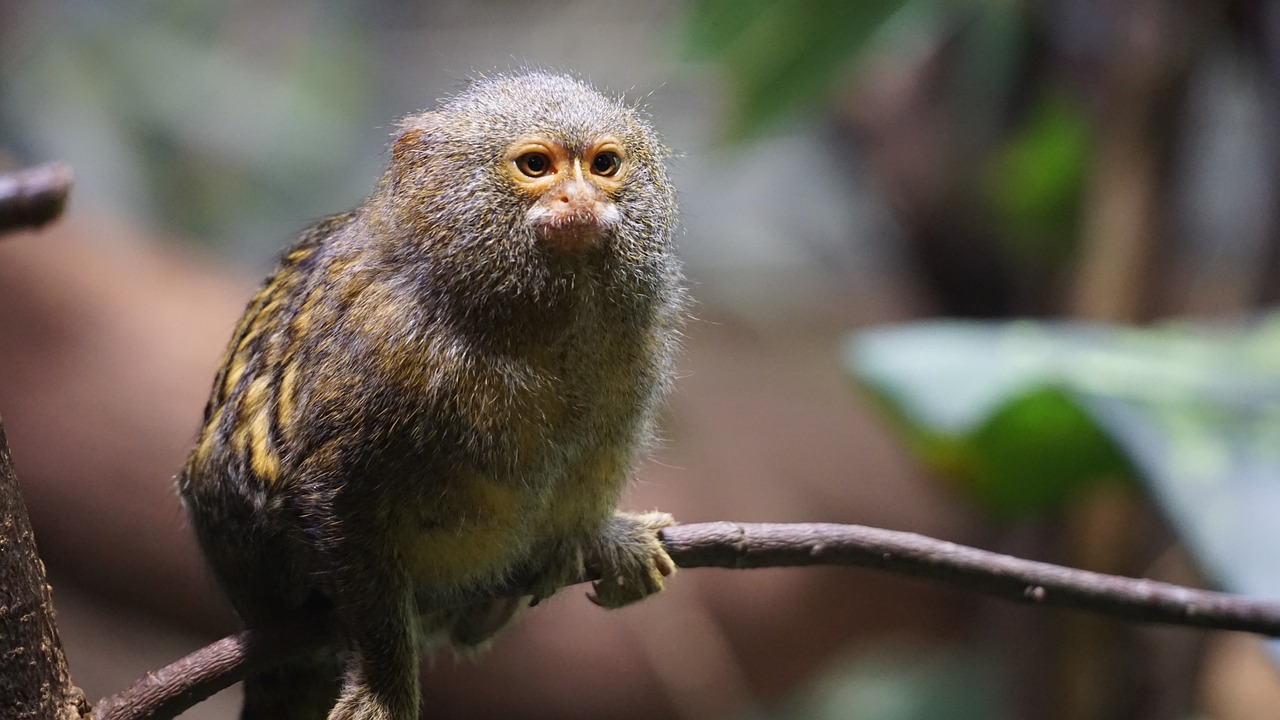
Community Engagement Through Artistic Expression
Art has an incredible knack for bringing people together, and when it comes to biodiversity conservation, it acts as a bridge that connects communities with their environment. Imagine a vibrant mural depicting local wildlife that not only beautifies a neighborhood but also sparks conversations about the importance of preserving those very species. This is the power of artistic expression in fostering community engagement. By involving local residents in creative projects, art can ignite a sense of ownership and responsibility towards their natural surroundings.
When communities collaborate on artistic endeavors, they don't just create art; they cultivate a deeper understanding of their local ecosystems. For instance, community workshops that focus on painting or sculpting can serve as platforms for discussing local biodiversity issues. Participants can share their knowledge and experiences, leading to a richer understanding of the challenges facing their environment. This collaborative spirit transforms individual efforts into collective action, where each participant feels valued and empowered to make a difference.
Moreover, public art installations, such as sculptures made from recycled materials, can serve as powerful reminders of the impact of human activity on the environment. These installations often draw attention from passersby, encouraging them to contemplate their relationship with nature. The visibility of such art can lead to increased community discussions about conservation efforts and motivate individuals to participate in local initiatives aimed at protecting biodiversity.
To illustrate the impact of art on community engagement, consider the following examples:
| Project Name | Description | Community Impact |
|---|---|---|
| Wildlife Murals Project | A series of murals depicting endangered species in urban areas. | Raised awareness about local wildlife and inspired community clean-up events. |
| Nature Sculpture Trail | A trail featuring sculptures made from natural and recycled materials. | Encouraged family outings and discussions about sustainability. |
| Interactive Art Workshops | Workshops where community members create art from natural materials. | Enhanced understanding of local ecosystems and promoted conservation practices. |
These projects not only beautify spaces but also serve as educational tools, highlighting the importance of biodiversity in a way that resonates with people. They create a sense of community pride and responsibility, encouraging individuals to take action in their own lives. When people see their efforts reflected in public spaces, it reinforces the idea that their contributions matter, fostering a culture of conservation.
In conclusion, artistic expression is more than just a form of creativity; it is a vital tool for community engagement in biodiversity conservation. By harnessing the power of art, communities can come together to celebrate their natural heritage, educate one another, and inspire collective action. The next time you see a mural or an installation in your neighborhood, take a moment to appreciate the deeper message it conveys about our responsibility to protect the planet.
- How can art help in biodiversity conservation? Art raises awareness and encourages community engagement, making complex environmental issues more relatable.
- What types of art projects can communities undertake? Communities can create murals, sculptures, and interactive installations that reflect local biodiversity and conservation themes.
- Are there educational benefits to incorporating art in conservation efforts? Yes, art can enhance learning experiences and inspire creativity while educating participants about local ecosystems.
- Can art be used as a research tool in conservation? Absolutely! Collaborative projects between artists and scientists can visually represent biodiversity data, making it more accessible.
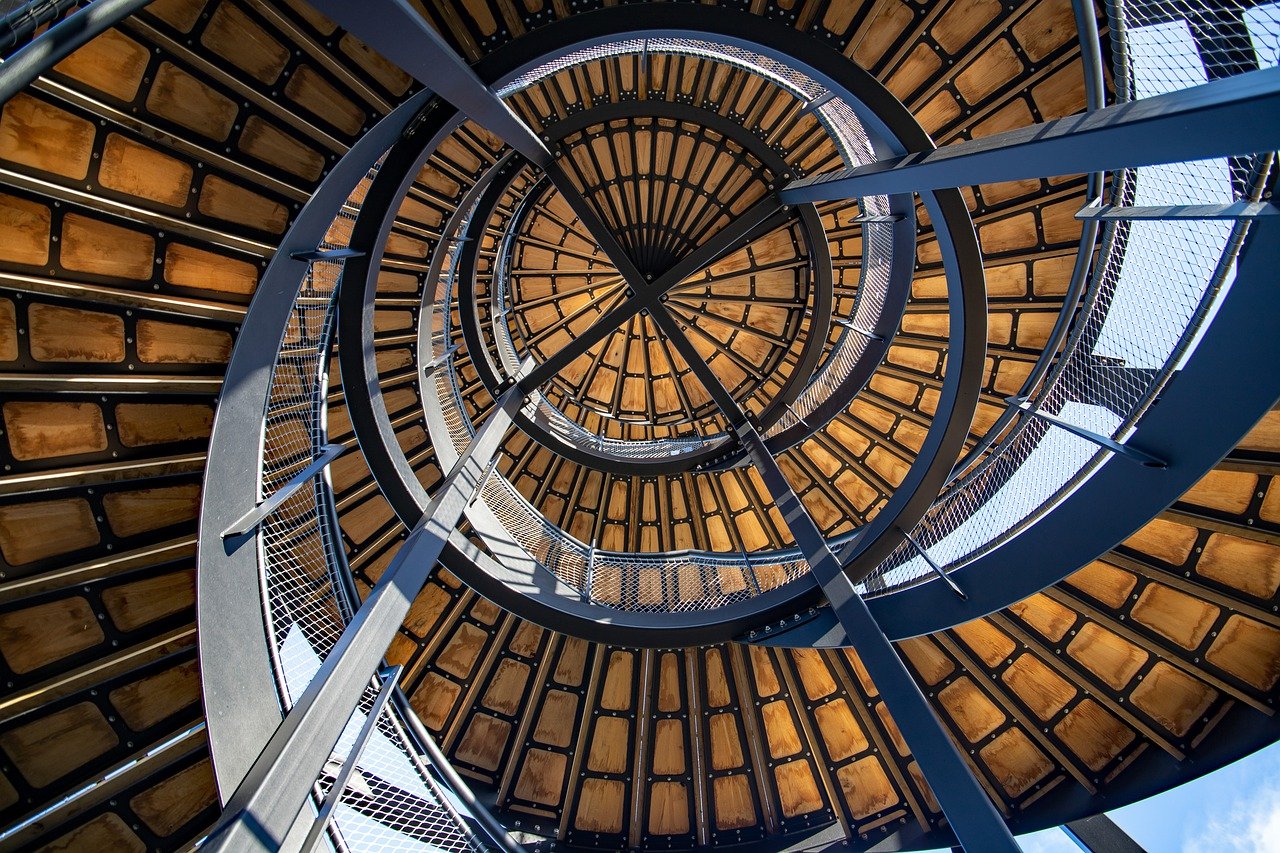
Murals and Public Installations
When you stroll through a vibrant city, what catches your eye first? Often, it's the stunning murals and public installations that breathe life into concrete jungles. These artistic expressions are not just beautiful; they serve a profound purpose in promoting biodiversity conservation. By transforming dull walls into captivating canvases, artists can convey powerful messages about the urgency of protecting our planet's diverse ecosystems. Imagine walking past a mural depicting a lush rainforest, complete with its colorful inhabitants. Such visuals can spark curiosity and open up conversations about the importance of preserving these habitats.
Public art has an extraordinary way of engaging communities. It invites people to pause, reflect, and discuss. When a mural showcases endangered species or highlights local flora and fauna, it becomes a focal point for education and awareness. For instance, a mural featuring the majestic California condor not only beautifies the neighborhood but also educates the public about the bird's plight and conservation efforts. This interaction can be the catalyst for community-driven initiatives aimed at protecting local biodiversity.
Moreover, murals and installations can be strategically placed in high-traffic areas, ensuring that they reach a broad audience. They can serve as daily reminders of our responsibility towards the environment. Take, for example, the stunning mural in San Francisco's Mission District, which illustrates the delicate balance of the ocean ecosystem. This not only beautifies the area but also encourages passersby to think critically about marine conservation. The impact is amplified when these artworks are accompanied by informative plaques or QR codes linking to conservation resources.
To illustrate the effectiveness of murals in raising awareness, let’s look at a few notable case studies:
| Location | Artist | Theme | Impact |
|---|---|---|---|
| Los Angeles, CA | Jasmine Worth | Endangered Species | Increased community involvement in local wildlife conservation efforts. |
| Philadelphia, PA | David Guinn | Urban Wildlife | Raised awareness about the importance of urban biodiversity. |
| Miami, FL | Ricky Lee Gordon | Coral Reefs | Educated the public on coral bleaching and restoration projects. |
Interactive installations also play a crucial role in engaging the public. Imagine an art piece that not only captivates the eye but also invites interaction—like a giant globe where visitors can place stickers to indicate their favorite ecosystems. This hands-on approach fosters a deeper connection to the themes presented and encourages individuals to think critically about their own impact on biodiversity.
In conclusion, murals and public installations are more than just art; they are vital tools in the fight for biodiversity conservation. They capture attention, evoke emotion, and inspire action. By weaving important environmental messages into the fabric of our urban landscapes, artists can galvanize communities and spark meaningful conversations about the natural world we all share. So next time you encounter a public artwork, take a moment to appreciate its beauty and the crucial message it conveys about our responsibility to protect the planet.
- How can I get involved in public art projects focused on biodiversity? Many local organizations and community groups welcome volunteers for mural projects. Check social media or community boards for opportunities!
- Are there specific themes that resonate more with the public? Yes, themes that depict local wildlife or endangered species tend to attract more attention and engagement.
- Can murals really make a difference in conservation efforts? Absolutely! They raise awareness, educate the public, and often lead to community-led conservation initiatives.
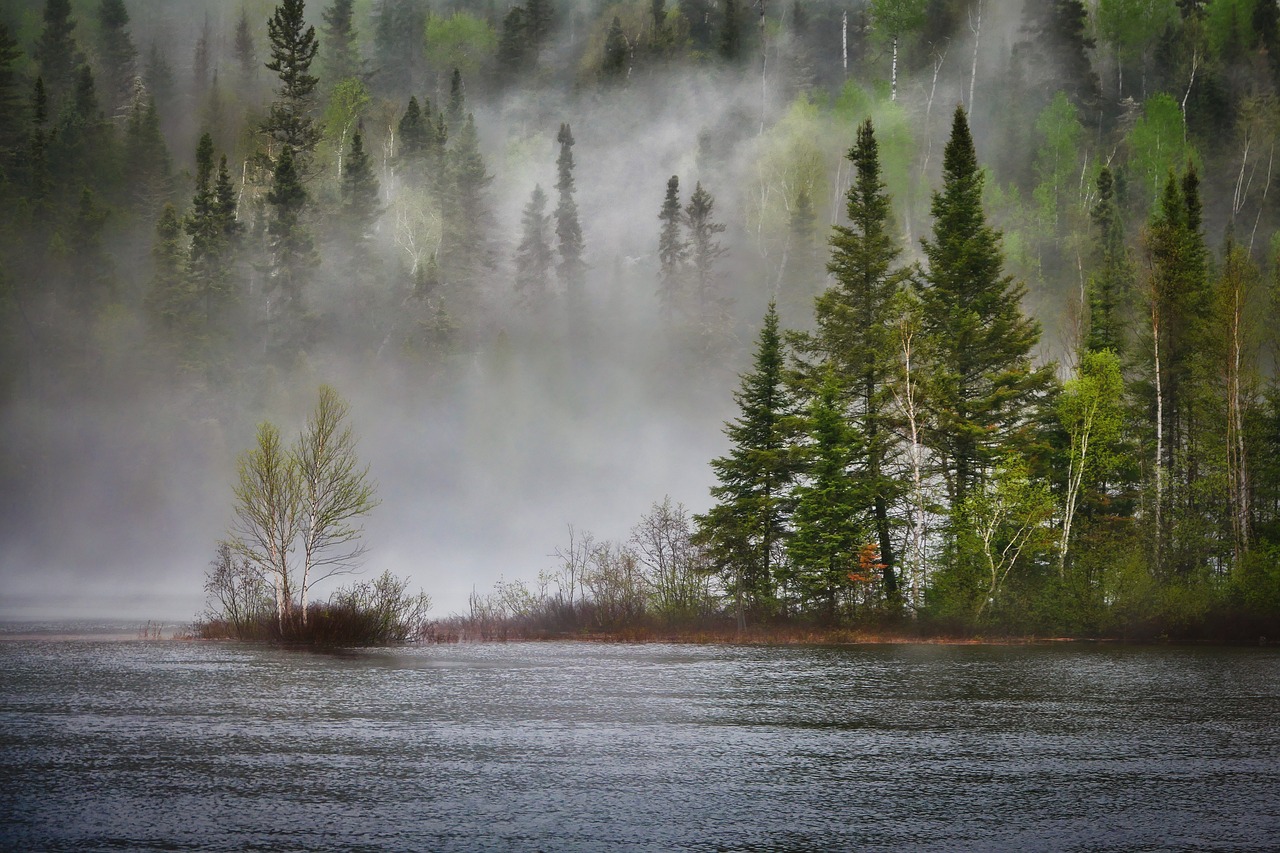
Case Studies of Successful Murals
Murals have become a vibrant canvas for expressing the urgent need for biodiversity conservation. They not only beautify urban landscapes but also serve as powerful reminders of our connection to nature. One notable example is the "The Ocean is Our Home" mural in San Francisco, which depicts a stunning underwater scene filled with local marine life. This mural has not only drawn attention to the plight of ocean ecosystems but has also sparked community clean-up initiatives and educational workshops focused on marine conservation.
Another inspiring case is the "Pollinator Project" mural in Detroit, which showcases a variety of pollinators, including bees and butterflies. This mural was created in collaboration with local schools and environmental groups, effectively engaging the community in discussions about the importance of pollinators in our ecosystem. The project included workshops where students learned about pollinator habitats, and the mural itself has become a focal point for annual community events aimed at promoting green spaces and sustainable gardening practices.
These murals not only serve as eye-catching art but also as educational tools. They invite viewers to reflect on the biodiversity that surrounds them and the actions they can take to protect it. In fact, a survey conducted after the completion of the "Pollinator Project" mural revealed that over 75% of local residents became more aware of pollinator issues and expressed a desire to participate in conservation efforts. This exemplifies how art can transcend mere aesthetics and become a catalyst for meaningful change.
Moreover, the impact of these murals can be measured not just in awareness but also in community engagement. For example, the "Ocean is Our Home" mural led to the formation of a local marine conservation group, which now hosts monthly beach clean-ups and educational events. This ripple effect illustrates how a single piece of art can inspire collective action and foster a sense of responsibility towards our environment.
In summary, successful murals like "The Ocean is Our Home" and "Pollinator Project" illustrate the profound impact art can have on biodiversity conservation. These case studies highlight how artistic expression can engage communities, raise awareness, and ultimately inspire action towards protecting our planet's precious ecosystems.
- How do murals contribute to biodiversity conservation?
Murals raise awareness about environmental issues, engage communities, and inspire collective action towards conservation efforts. - Can anyone participate in mural projects?
Yes! Many mural projects encourage community involvement, allowing individuals to contribute their ideas and creativity. - What are some other forms of art that promote environmental awareness?
In addition to murals, other forms include sculptures, installations, and interactive art projects that highlight biodiversity themes.
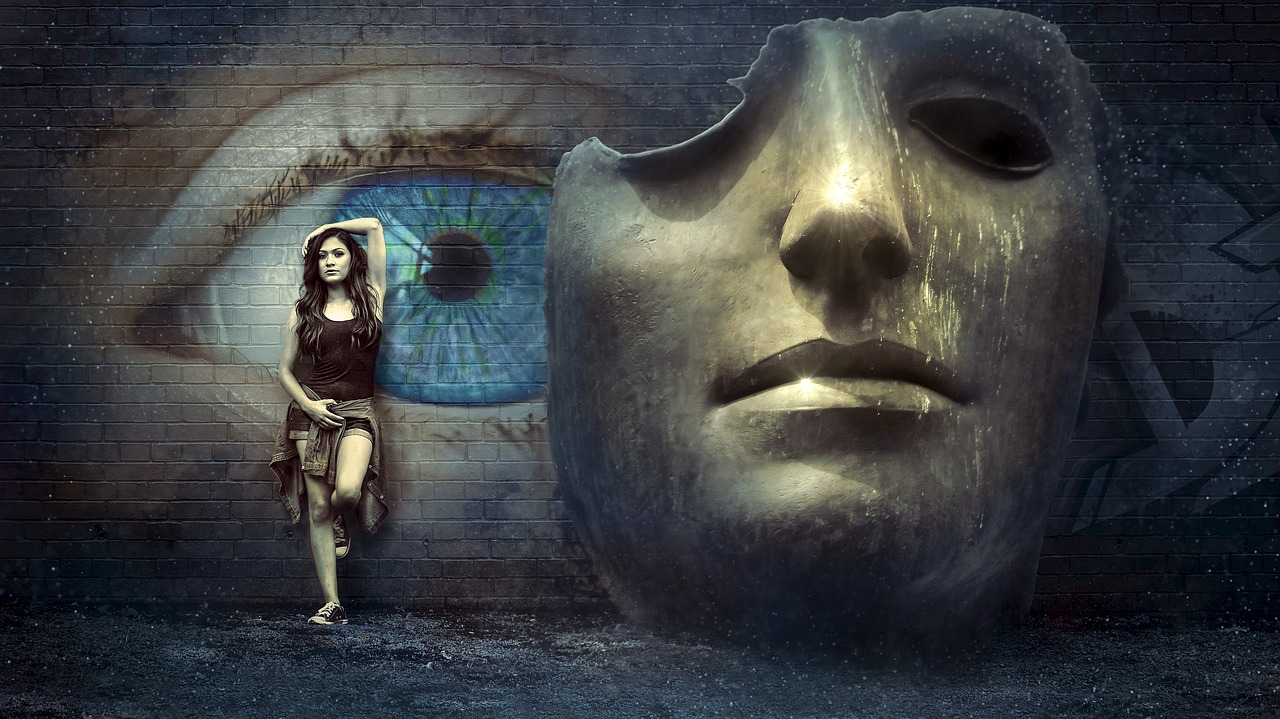
Interactive Art Projects
Interactive art projects are like a breath of fresh air in the realm of biodiversity conservation. They invite individuals to step beyond the role of mere observers and become active participants in the dialogue about our planet's health. Imagine walking into a space where art is not just something to look at, but something you can touch, manipulate, and even contribute to. These projects often blend creativity with environmental themes, allowing participants to engage directly with concepts of biodiversity in ways that are both meaningful and memorable.
One of the most exciting aspects of interactive art is its ability to break down complex ideas into relatable experiences. For instance, an installation might use recycled materials to create a large-scale sculpture representing endangered species. As visitors add their own recycled items to the piece, they not only contribute to the artwork but also reflect on their personal impact on the environment. This hands-on approach fosters a deeper understanding of biodiversity issues, as participants can see firsthand how their actions matter.
Moreover, interactive art projects can serve as powerful educational tools. Workshops that encourage participants to create art using natural materials can spark conversations about local ecosystems. For instance, a project might involve collecting leaves, twigs, and stones to create a collaborative mural that depicts the local flora and fauna. As participants work together, they learn about the species they are representing, the importance of habitat preservation, and the delicate balance of their local ecosystem.
These projects can take many forms, including:
- Community Gardens: Where art installations are integrated into spaces that promote biodiversity, allowing people to plant and nurture native species.
- Nature Walks: Guided tours that incorporate art-making stations, where participants can sketch or create sculptures inspired by the natural landscape.
- Digital Art Platforms: Virtual projects that allow participants from around the world to contribute their interpretations of biodiversity through digital media.
The beauty of interactive art projects lies in their ability to engage diverse audiences. Families, students, and community members can all find a place in these creative endeavors, fostering a sense of shared responsibility for the environment. As participants engage with the art, they are often inspired to take action in their own lives, whether that means advocating for local conservation efforts or simply being more mindful about their ecological footprint.
In conclusion, interactive art projects are not just about creating beautiful pieces; they are about creating connections—between people, between communities, and between individuals and the natural world. By harnessing the power of creativity, these projects can inspire a movement towards greater awareness and action in biodiversity conservation, proving that art truly has the potential to change the world.
Q: What are interactive art projects?
A: Interactive art projects are creative endeavors that engage participants in hands-on experiences, allowing them to contribute to the artwork and learn about themes such as biodiversity and conservation.
Q: How can I get involved in interactive art projects?
A: You can participate by joining local workshops, community art installations, or online platforms that focus on environmental themes. Check local art organizations or environmental groups for opportunities.
Q: What is the impact of interactive art on biodiversity awareness?
A: Interactive art fosters a deeper understanding of biodiversity issues by engaging participants emotionally and intellectually, encouraging them to reflect on their relationship with the environment.
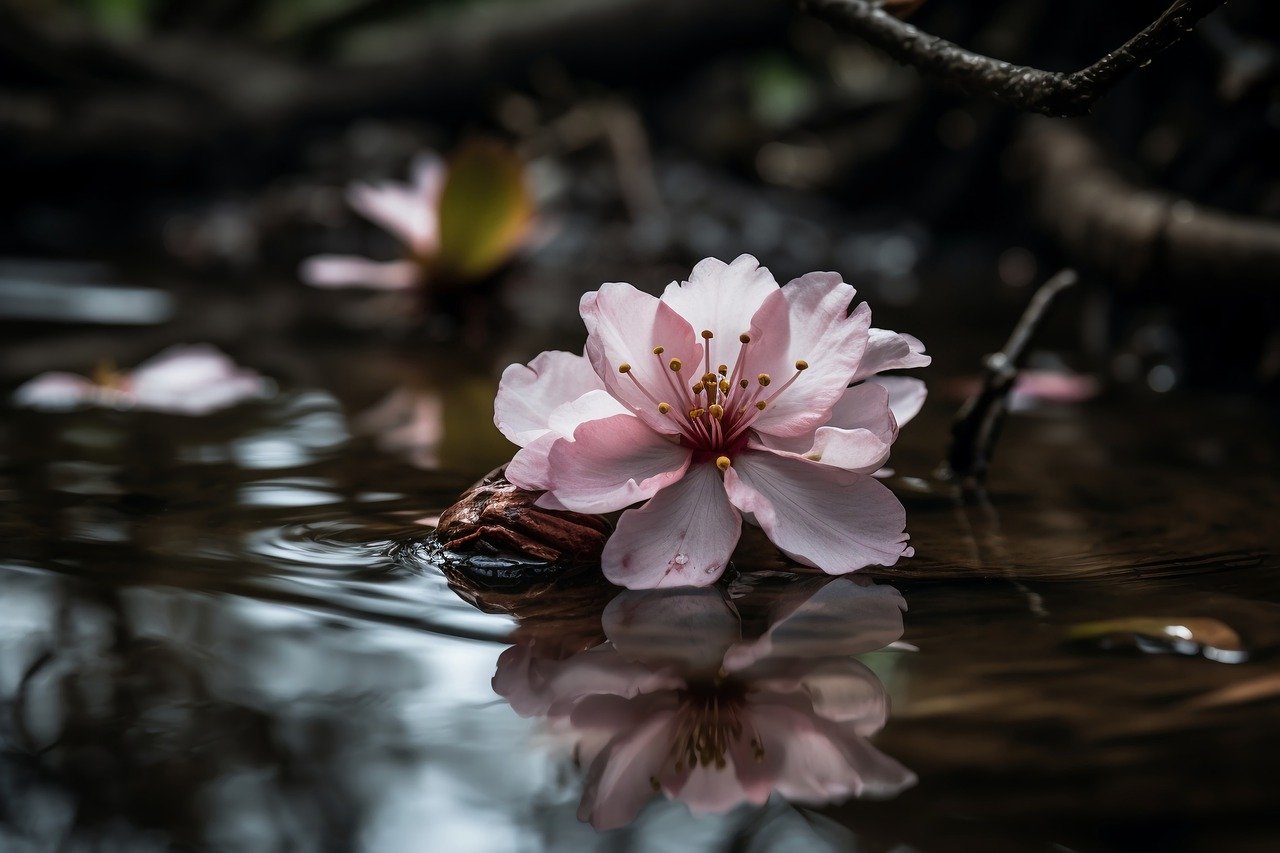
Art Festivals Celebrating Nature
Art festivals dedicated to celebrating nature are like vibrant gardens where creativity blooms and environmental awareness flourishes. These festivals serve as a **melting pot** for artists, activists, and the community, all coming together to promote biodiversity conservation through artistic expression. Imagine walking through a park transformed into a colorful canvas, where every piece of art tells a story about the planet’s beauty and the urgent need to protect it. Such events not only showcase stunning artworks but also create a space for dialogue about environmental issues.
One of the most exciting aspects of these festivals is the variety of artistic mediums on display. From **paintings** and **sculptures** to **performances** and **installations**, each piece invites attendees to reflect on their relationship with nature. For instance, a giant sculpture made from recycled materials might serve as a powerful reminder of the impact of waste on our ecosystems. By engaging with these works, visitors are often inspired to think critically about their own habits and the role they play in conservation.
Moreover, these festivals often include interactive workshops and educational panels that delve deeper into biodiversity themes. Participants can learn about local flora and fauna, conservation techniques, and how art can be a catalyst for change. This hands-on approach not only enhances understanding but also fosters a sense of **community** and shared responsibility. When people come together to create, share, and learn, it cultivates a collective consciousness that can drive real change.
Here’s a brief overview of what attendees can expect at these festivals:
| Festival Feature | Description |
|---|---|
| Art Exhibitions | Showcasing works that highlight the beauty and fragility of nature. |
| Workshops | Hands-on sessions where participants create art inspired by nature. |
| Panel Discussions | Experts discussing the intersection of art and environmental conservation. |
| Live Performances | Theatrical and musical presentations that convey environmental messages. |
Additionally, art festivals often collaborate with local conservation organizations, providing a platform for these groups to share their mission and engage with the community. This partnership not only amplifies the message of biodiversity conservation but also encourages festival-goers to get involved in local initiatives. By merging artistry with activism, these events create a **dynamic** environment where creativity and conservation go hand in hand.
In conclusion, art festivals celebrating nature are more than just events; they are a **celebration of life** and a call to action. They remind us that art has the power to inspire change and that through collective creativity, we can foster a deeper connection to our environment. As we immerse ourselves in these artistic experiences, we are encouraged to reflect on our role in the world and to take steps toward protecting the incredible biodiversity that surrounds us.
- What types of art are featured at nature festivals? Art festivals often include a variety of mediums, such as paintings, sculptures, installations, and performances that focus on themes related to nature and biodiversity.
- How can I get involved in a local art festival? You can participate by volunteering, attending workshops, or submitting your artwork for display. Check the festival’s website for specific details on how to get involved.
- Are these festivals family-friendly? Yes, many art festivals offer activities and workshops that are suitable for all ages, making them a great outing for families.
- Do these festivals support local conservation efforts? Absolutely! Many art festivals partner with local conservation organizations to raise awareness and funds for biodiversity initiatives.
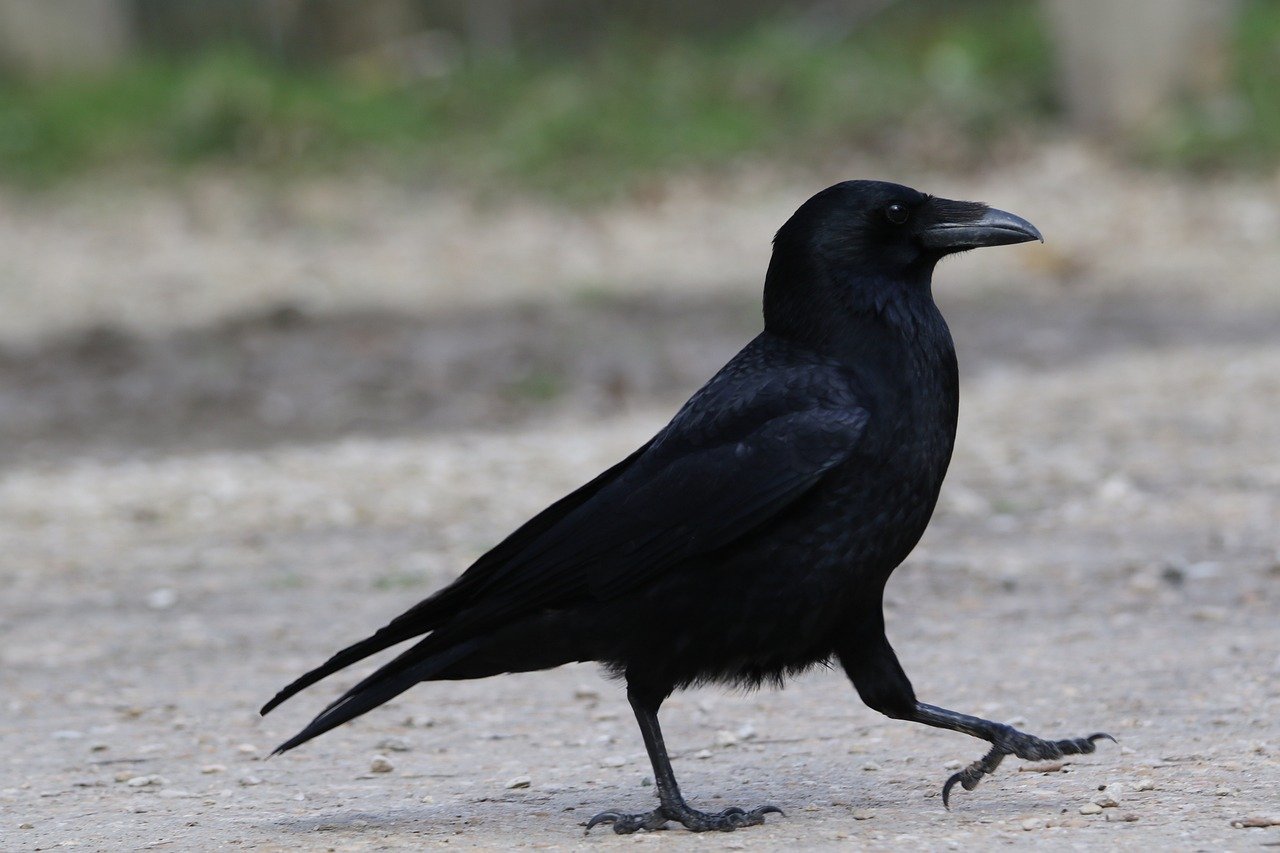
Art in Education for Conservation
Integrating art into educational programs can be a game-changer for biodiversity conservation. Imagine a classroom where students don’t just learn about ecosystems from textbooks, but instead, they create their own art projects inspired by the local flora and fauna. This hands-on approach not only enhances their understanding but also fosters a deep emotional connection to the environment. When students express their understanding through art, they become more than just passive learners; they become active participants in conservation efforts.
Art in education can take many forms, from painting and sculpture to digital media and performance art. Each of these mediums offers unique opportunities for students to explore biodiversity in a way that resonates with them personally. For instance, a student might create a mural depicting endangered species in their community, sparking conversations among their peers about the importance of protecting these animals. This kind of engagement is crucial because it transforms abstract concepts into tangible, relatable experiences.
Moreover, workshops and art classes focused on nature themes can inspire creativity while educating participants about local ecosystems and conservation practices. These sessions can include:
- Nature Walks: Students can gather inspiration from their surroundings, observing plants and animals firsthand.
- Collaborative Projects: Group activities can lead to larger installations or performances that raise awareness about specific conservation issues.
- Guest Speakers: Inviting local artists or conservationists to share their experiences can provide students with valuable insights and motivation.
Furthermore, art can serve as a bridge between scientific knowledge and public understanding. By collaborating with scientists, artists can visually represent complex data on biodiversity, making it more accessible and engaging for the general public. For example, an artist might create an infographic that illustrates the decline in bee populations, using vibrant colors and striking visuals to captivate an audience that might otherwise overlook such critical information. This fusion of art and science not only educates but also empowers individuals to take action.
In essence, the role of art in education for conservation is multifaceted. It provides a platform for creativity, encourages critical thinking, and fosters a sense of responsibility towards the environment. As students engage with biodiversity through artistic expression, they are likely to carry these lessons into adulthood, becoming advocates for conservation in their communities. The impact of such educational initiatives can be profound, shaping the next generation of environmental stewards who understand the intrinsic value of protecting our planet's rich biodiversity.
- How does art contribute to biodiversity conservation? Art raises awareness and fosters emotional connections to environmental issues, encouraging people to take action.
- Can art be effectively integrated into science education? Absolutely! Art can make scientific concepts more relatable and engaging for students, enhancing their understanding of biodiversity.
- What types of art projects are best for promoting conservation? Projects that encourage hands-on participation, such as murals, installations, and interactive workshops, tend to be the most effective.
- How can communities get involved in art for conservation? Communities can organize art festivals, workshops, and public installations that focus on local biodiversity issues, fostering collective action.
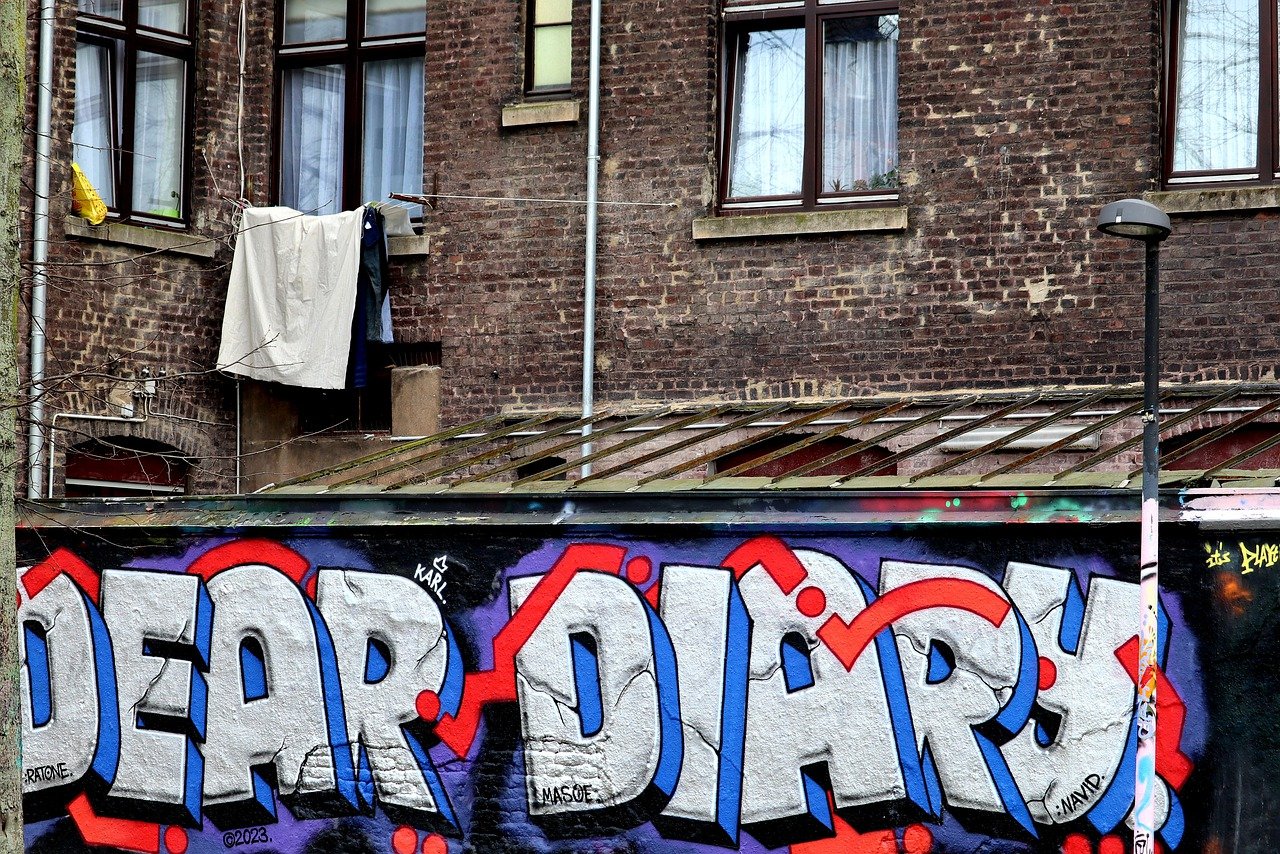
Workshops and Art Classes
Workshops and art classes focused on nature themes offer a unique blend of creativity and education, making them an essential component in promoting biodiversity conservation. Imagine stepping into a vibrant space filled with colors, textures, and the sounds of nature, where participants are not just passive learners but active creators. These sessions are designed to inspire individuals to express their thoughts and feelings about the environment through various artistic mediums, whether it's painting, sculpture, or even digital art.
One of the most exciting aspects of these workshops is the opportunity for participants to engage directly with local ecosystems. For example, a workshop might take place in a nearby park, where attendees can draw inspiration from the flora and fauna around them. This hands-on experience not only enhances their artistic skills but also deepens their understanding of the intricate relationships within ecosystems. By connecting art with the natural world, participants often leave with a renewed sense of responsibility towards conservation.
Moreover, these workshops encourage collaboration among community members. When people come together to create art, they share stories, ideas, and experiences, fostering a sense of unity and shared purpose. This collective effort can lead to the development of community art projects that highlight local biodiversity issues, such as endangered species or habitat loss. The resulting artworks serve as powerful visual statements that can be displayed in public spaces, further raising awareness and sparking conversations about conservation.
To illustrate the impact of workshops and art classes, consider the following table showcasing different types of art projects and their outcomes:
| Project Type | Description | Outcome |
|---|---|---|
| Nature Painting Workshop | Participants paint local landscapes and wildlife. | Increased appreciation for local biodiversity. |
| Recycled Art Class | Creating art from recycled materials to highlight waste issues. | Awareness about pollution and its effects on ecosystems. |
| Community Mural Project | A collaborative mural focusing on endangered species. | Public engagement and dialogue on conservation efforts. |
Additionally, workshops and classes can be tailored to various age groups and skill levels, making them accessible to everyone. Children might explore nature through fun, hands-on activities like leaf printing or clay modeling, while adults could delve into more complex themes, such as the impact of climate change on biodiversity. This diversity in programming ensures that the message of conservation reaches a broad audience, igniting passion and creativity in individuals of all ages.
In conclusion, workshops and art classes are not just about learning to create; they are about fostering a deeper connection with nature and empowering individuals to become advocates for biodiversity conservation. By integrating artistic expression with environmental education, these initiatives have the potential to inspire meaningful change within communities, turning awareness into action.
- What types of art mediums are used in workshops? Workshops often feature a variety of mediums, including painting, drawing, sculpture, and digital art, allowing participants to choose what resonates with them.
- Are these workshops suitable for all ages? Yes! Many workshops are designed to accommodate different age groups and skill levels, ensuring that everyone can participate and learn.
- How can I find a workshop near me? You can check local community centers, art studios, or environmental organizations for upcoming workshops focused on biodiversity and conservation.
- What is the main goal of these art workshops? The primary goal is to raise awareness about biodiversity conservation while encouraging creativity and fostering community engagement.
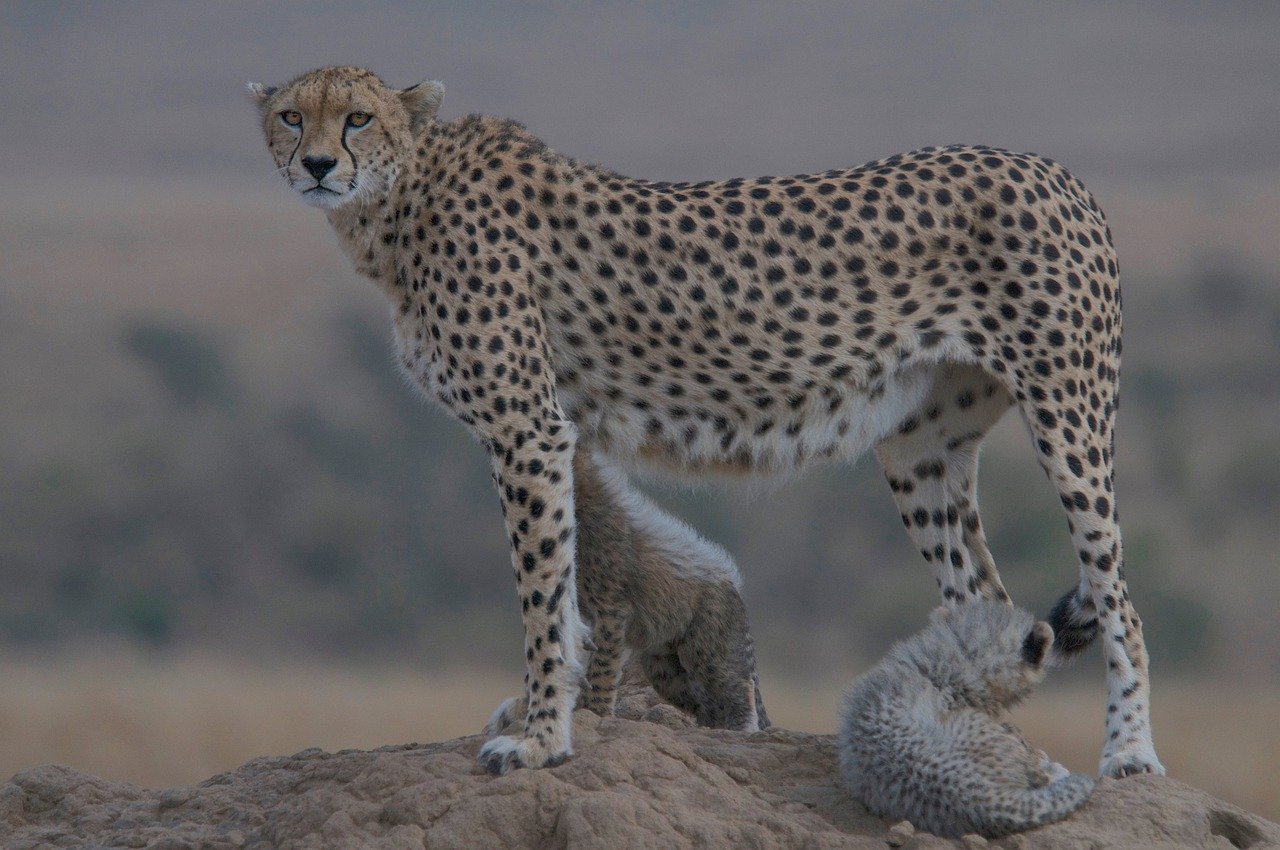
Art as a Research Tool
Art is not just about aesthetics; it can be a powerful research tool that bridges the gap between complex scientific data and public understanding. When artists and scientists collaborate, they create visual narratives that transform intricate biodiversity data into engaging stories. This synergy allows for a more profound comprehension of environmental issues, making science accessible to a broader audience. Imagine walking through a gallery where each piece of art is not just a beautiful creation but a representation of critical ecological data. This is the magic that happens when art meets research.
For instance, consider a project where artists visualize the decline of bee populations through vibrant murals. Each stroke of paint not only beautifies a wall but also conveys alarming statistics about biodiversity loss. By depicting the intricate relationships within ecosystems, these artworks spark curiosity and discussion among viewers, fostering a deeper understanding of the issues at hand. This method of visual storytelling can be particularly effective in educational settings, where students can grasp complex concepts through artistic representation.
Moreover, art can serve as a medium for data collection. Artists can create pieces that encourage community members to participate in biodiversity monitoring. For example, a community art project might involve residents painting their local flora and fauna, which can then be compiled into a database. This not only beautifies the neighborhood but also contributes valuable data to scientists studying local ecosystems. The interplay between creativity and research can lead to innovative solutions for conservation challenges.
To illustrate the impact of art as a research tool, let’s look at a few notable projects:
| Project Name | Description | Impact |
|---|---|---|
| Bee the Change | A mural project depicting bee habitats and their decline. | Increased community awareness and participation in local bee conservation efforts. |
| Ocean Plastic Art | Artists use ocean plastic to create sculptures highlighting marine pollution. | Raised awareness about plastic waste and its impact on marine biodiversity. |
| Nature Mapping | A collaborative project where community members create art representing local biodiversity. | Generated a comprehensive biodiversity map while fostering community engagement. |
As we see, art can play a significant role in enhancing scientific communication and public engagement. By transforming data into visual forms, artists help demystify scientific concepts, making them relatable and understandable. This is crucial in a world where biodiversity is declining at an alarming rate, and the need for public action is more urgent than ever.
In conclusion, the integration of art into research not only enriches the scientific narrative but also empowers communities to take ownership of their natural environments. By making science accessible and engaging, art serves as a vital tool in the fight for biodiversity conservation.
- How does art contribute to biodiversity conservation? Art raises awareness, fosters community engagement, and transforms complex scientific data into accessible narratives.
- Can art really make a difference in scientific understanding? Absolutely! Art can simplify complex ideas and inspire people to take action for conservation.
- What are some examples of art projects that focus on biodiversity? Projects like murals depicting local ecosystems, interactive installations, and community art initiatives all highlight biodiversity themes.
Frequently Asked Questions
- How does art raise awareness about biodiversity conservation?
Art captures attention and evokes emotions, making it a powerful medium to communicate the significance of biodiversity. Through various artistic expressions, such as paintings, installations, and performances, artists can highlight environmental issues, inspiring viewers to take action and engage in conservation efforts.
- What role do community art projects play in promoting biodiversity?
Community art projects foster collaboration and bring people together to celebrate local biodiversity. By working on artistic initiatives, participants develop a deeper connection to their environment and encourage collective action towards conservation. These projects often spark conversations and raise awareness within the community.
- Can you give examples of successful murals that promote biodiversity?
Absolutely! Many cities have seen impactful murals that depict local wildlife and ecosystems. These murals not only beautify urban spaces but also serve as conversation starters about conservation. For instance, a mural featuring endangered species can educate the public and inspire them to support local conservation efforts.
- What are interactive art projects, and how do they relate to biodiversity?
Interactive art projects invite public participation, allowing individuals to engage hands-on with biodiversity themes. These projects can take many forms, such as community gardens, workshops, or installations where visitors can contribute their ideas. This active involvement fosters a greater appreciation for nature and encourages sustainable practices.
- How do art festivals contribute to biodiversity conservation?
Art festivals dedicated to environmental themes provide a vibrant platform for artists to showcase their work and educate the public. These events often feature workshops, discussions, and interactive displays that highlight biodiversity conservation efforts, making the topic accessible and engaging for attendees.
- In what ways can art be integrated into education for conservation?
Integrating art into educational programs enhances learning by making complex biodiversity concepts more relatable and enjoyable. Workshops and art classes focused on nature can inspire creativity while teaching students about local ecosystems, fostering a sense of responsibility towards conservation.
- How can art be used as a research tool in biodiversity studies?
Art can serve as a bridge between scientific data and public understanding. By collaborating with scientists, artists can visually represent complex biodiversity data, making it more accessible and engaging for broader audiences. This approach not only informs the public but also enhances the impact of conservation messages.



















